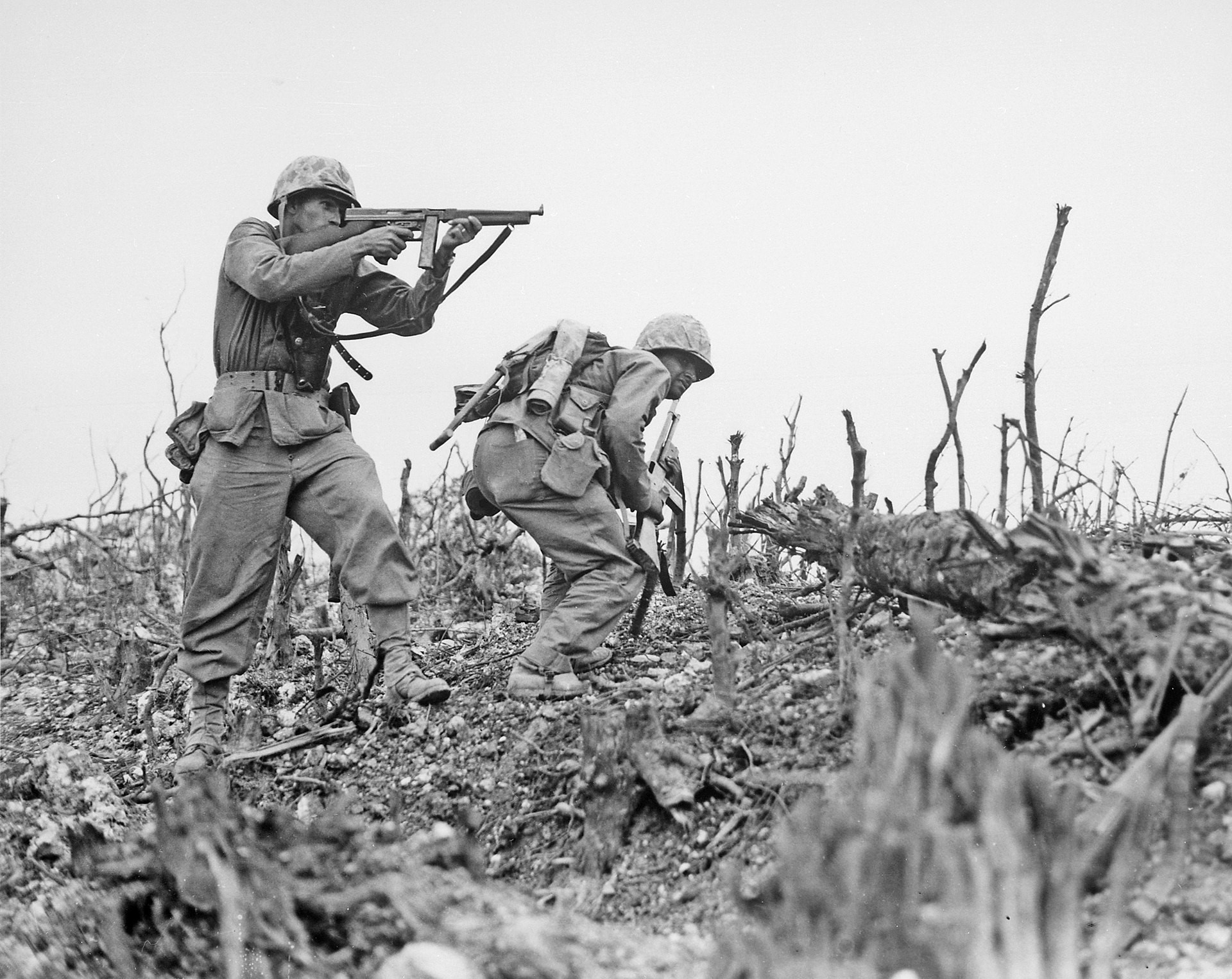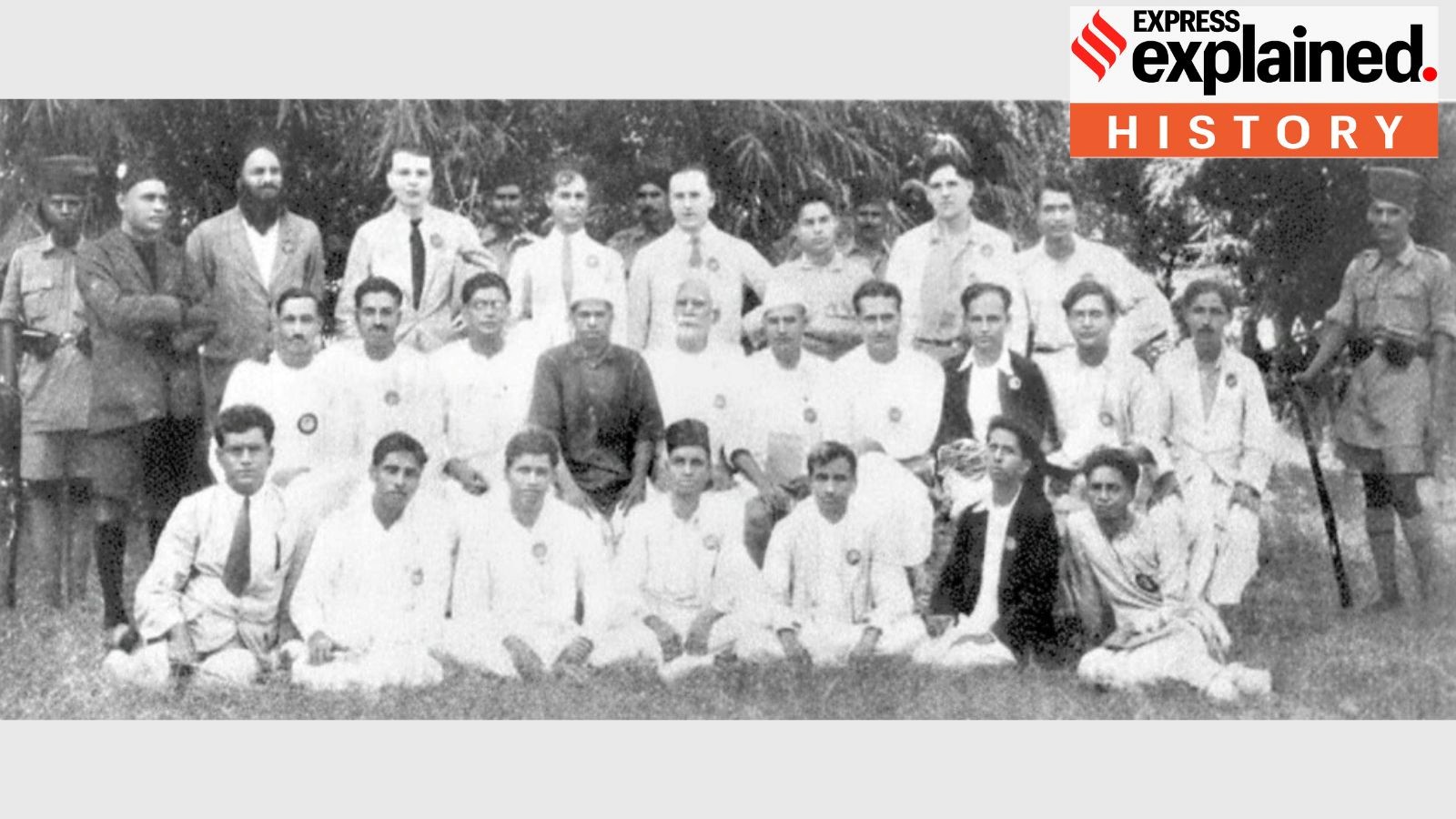Description

Disclaimer: Copyright infringement not intended.
Context
- The recent return of twenty-two historic artifacts looted after the Battle of Okinawa during World War II marks a significant step in rectifying historical injustices.
- Uncovered among the personal belongings of a WWII veteran in Massachusetts, these artifacts shed light on the cultural heritage of Okinawa and its tumultuous past.
Details
- Among the twenty-two artifacts were six painted scrolls dating back to the 18th and 19th centuries, depicting Okinawan royalty in vibrant colors.
- Other items included a hand-drawn map of Okinawa from the nineteenth century and various pots and ceramics, all holding significant historical value.
About the Battle of Okinawa
- The Battle of Okinawa, fought from April 1 to June 22, 1945, was the largest amphibious assault in the Pacific Theater during World War II.
- It marked the beginning of the end for the Japanese Empire and was a crucial precursor to the eventual Allied victory in the war.
Background
- Situated between mainland Japan and Taiwan, Okinawa was strategically significant for both the Allies and the Japanese.
- The island served as a staging ground for the planned invasion of Japan and was vital for controlling the surrounding sea lanes.

Preparations and Forces Involved
- The Allied forces, primarily consisting of American and British troops under the command of General Simon Bolivar Buckner Jr., amassed a massive fleet and ground forces for the assault.
- The Japanese defenders, commanded by Lieutenant General Mitsuru Ushijima, were well-prepared and heavily fortified, with extensive cave networks and defensive positions.
The Assault
- The invasion began on April 1, 1945, with a massive amphibious landing involving over 180,000 troops.
- The initial landing faced fierce resistance from Japanese defenders, who utilized a combination of artillery, machine guns, and kamikaze attacks.
- Despite heavy casualties and difficult terrain, Allied forces established beachheads and began advancing inland.
The Battle on Land
- As Allied forces pushed inland, they encountered determined Japanese resistance in the form of entrenched positions and fortified caves.
- The battle devolved into brutal close-quarters combat, with both sides suffering significant casualties.
- Japanese tactics, including the extensive use of suicide attacks and civilian conscription, added to the ferocity of the fighting.
Naval and Air Operations
- The Battle of Okinawa witnessed intense naval and aerial engagements, with Allied naval vessels facing relentless kamikaze attacks.
- The Japanese navy, severely depleted by this stage of the war, launched desperate but ultimately futile counterattacks against the Allied fleet.
The Aftermath
- Despite heavy casualties, the Allies eventually gained the upper hand and succeeded in securing the island.
- The Battle of Okinawa cost the lives of over 12,000 American soldiers, as well as tens of thousands of Japanese soldiers and civilians.
- The battle served as a sobering preview of the anticipated casualties in the planned invasion of mainland Japan, leading to renewed efforts to seek alternatives to end the war.
Legacy and Significance
- The Battle of Okinawa paved the way for the subsequent Allied occupation of Japan and the eventual surrender of the Japanese Empire.
- It underscored the high human cost of war and the resilience of both Allied and Japanese forces in the face of adversity.
- The battle's impact reverberated throughout the post-war era, shaping the geopolitical landscape of East Asia and influencing subsequent military strategies and doctrines.
.jpg)
About Okinawa
Geography:
- Location: Situated in the East China Sea, Okinawa is part of the Ryukyu Islands archipelago.
- Islands: The main islands include Okinawa Island, Ishigaki, Miyako, and Yonaguni, among others.
- Climate: Okinawa has a subtropical climate, characterized by hot summers, mild winters, and significant rainfall, especially during the rainy season from May to June.
- Beaches: Okinawa is renowned for its pristine beaches with crystal-clear waters, such as Emerald Beach, Sunset Beach, and Kondoi Beach.
History:
- Ryukyu Kingdom: Okinawa was once the center of the Ryukyu Kingdom, a prosperous maritime trading kingdom that flourished from the 15th to the 19th centuries.
- Japanese Annexation: In the late 19th century, Japan annexed the Ryukyu Kingdom, leading to the integration of Okinawa into Japan.
- World War II: Okinawa was the site of a major battle during World War II, known as the Battle of Okinawa, resulting in significant destruction and loss of life.
- Post-war Era: After the war, Okinawa was placed under American administration until its reversion to Japan in 1972.
- Military Presence: The presence of US military bases also plays a role in Okinawa's economy, albeit with some controversy due to issues such as land use and environmental concerns.
Culture:
- Language: The Okinawan language, also known as Uchinaaguchi, is distinct from standard Japanese and reflects the region's unique cultural heritage.
- Music and Dance: Traditional Okinawan music includes the use of instruments like the sanshin (a three-stringed instrument) and the performance of dances such as the energetic Eisa dance.
- Historical Sites: Shuri Castle, a UNESCO World Heritage Site, and the Peace Memorial Park, commemorating the Battle of Okinawa.
|
PRACTICE QUESTION
Q. The Battle of Okinawa paved the way for the subsequent Allied occupation of Japan and the eventual surrender of the Japanese Empire. Examine. (250 Words)
|









